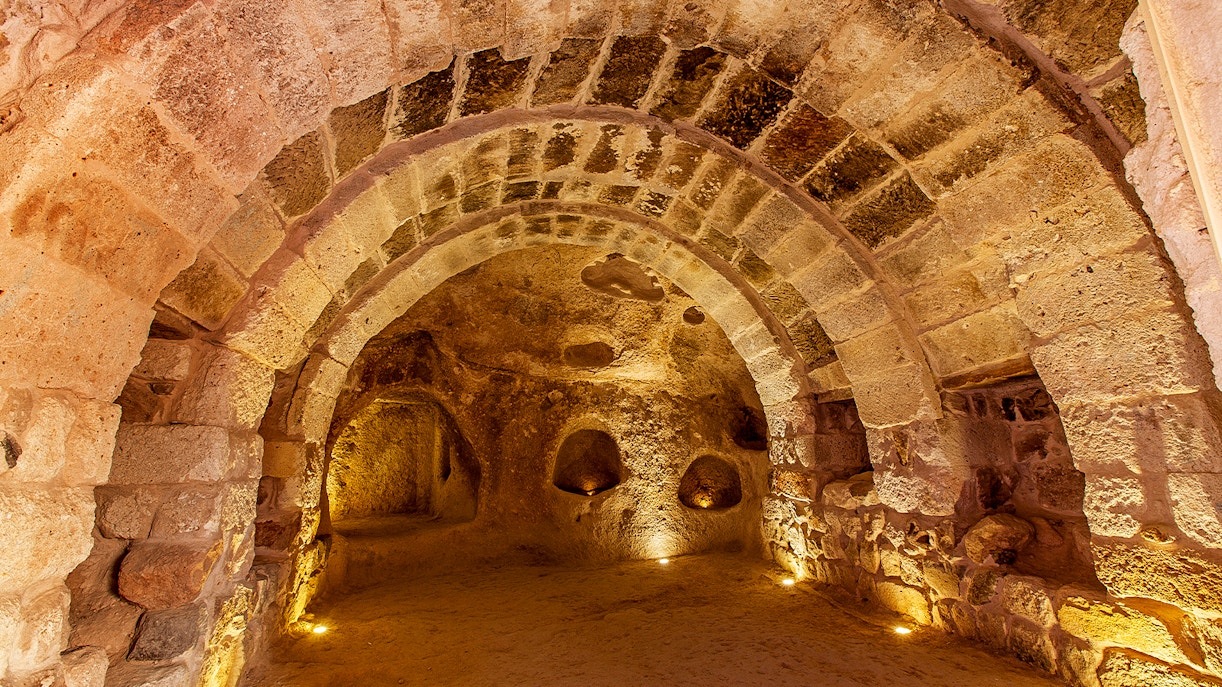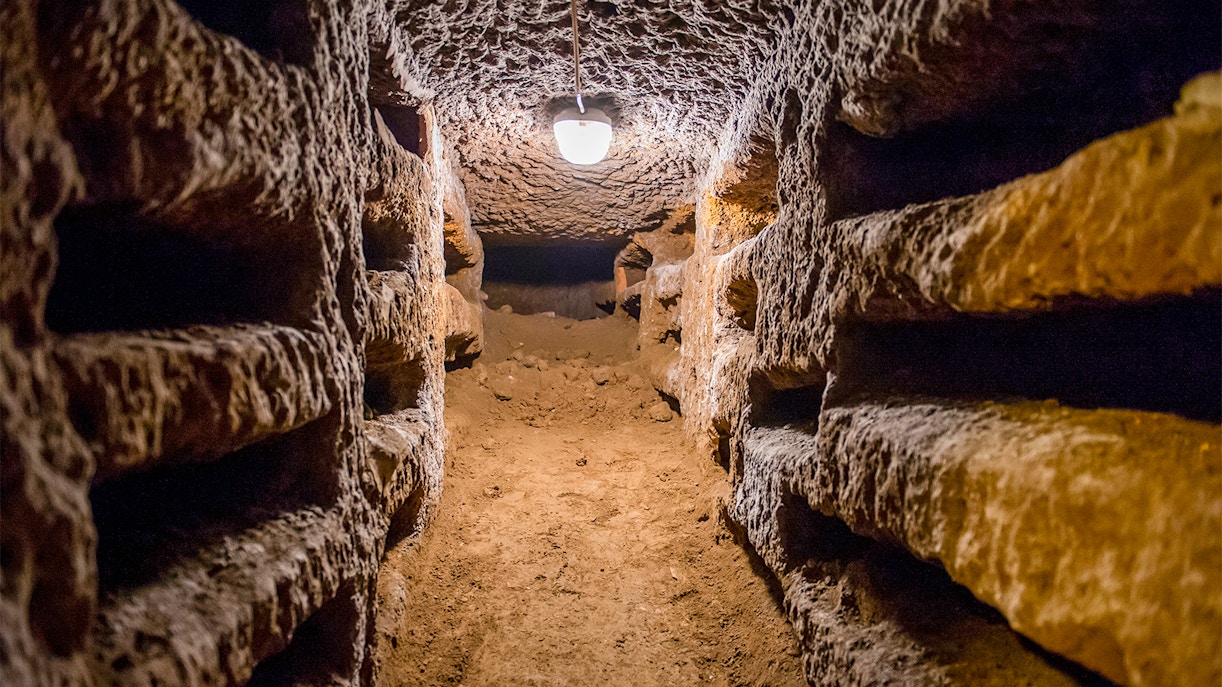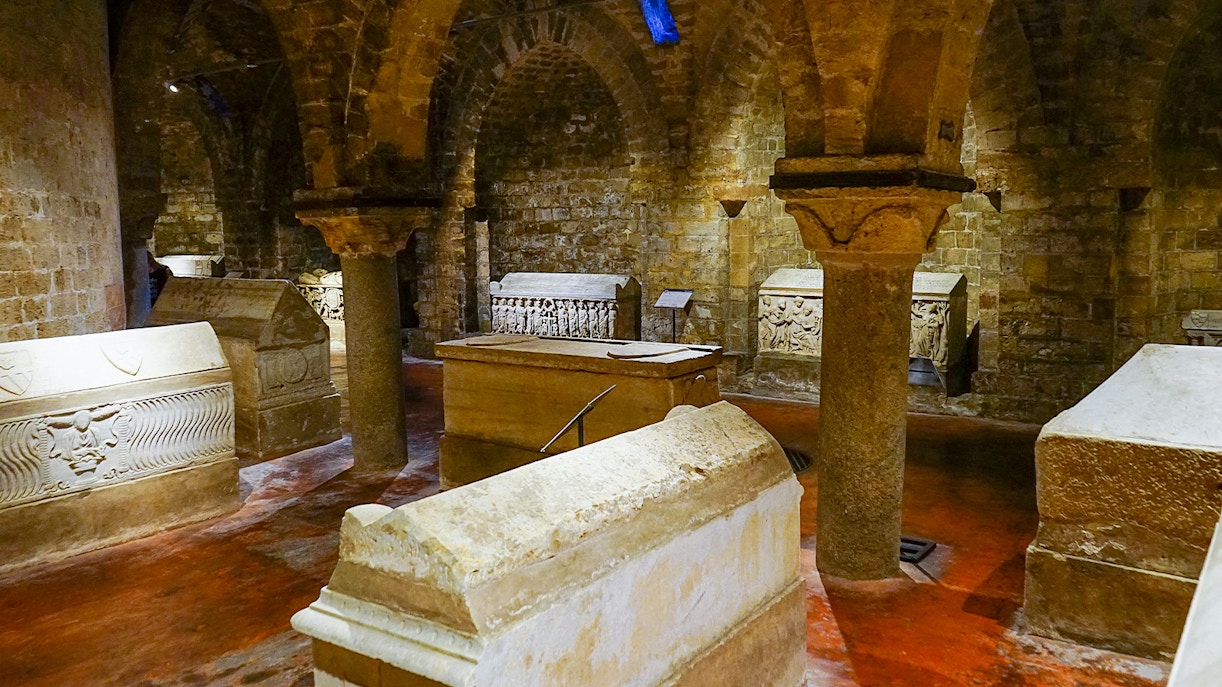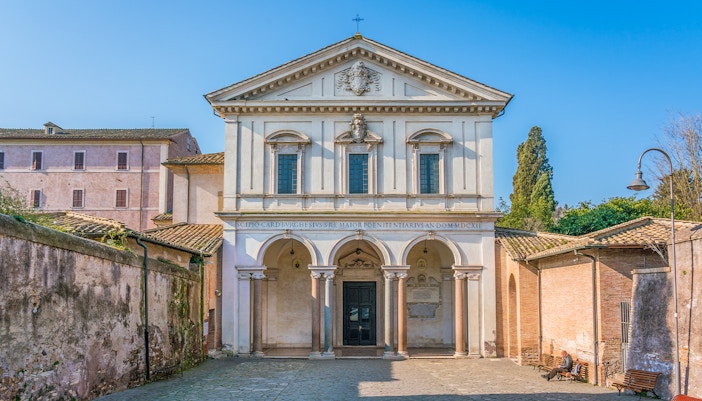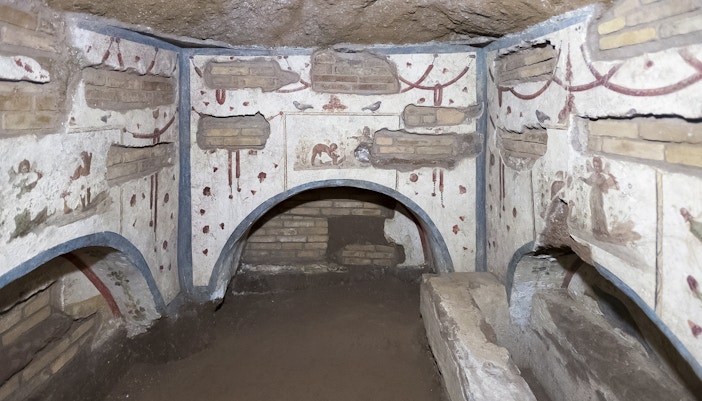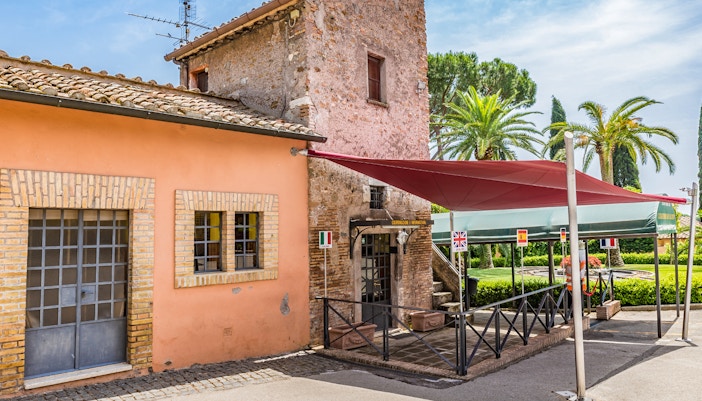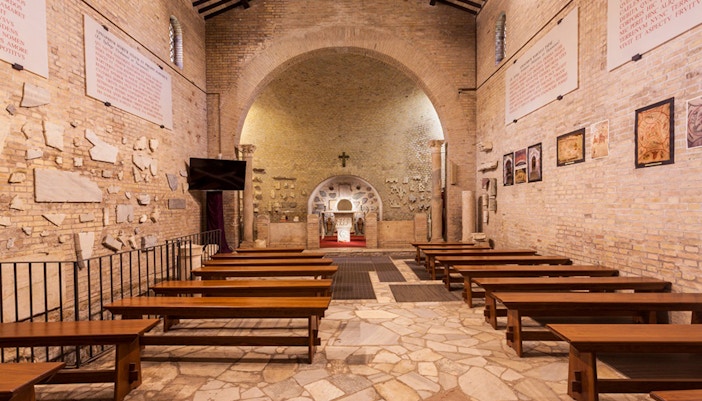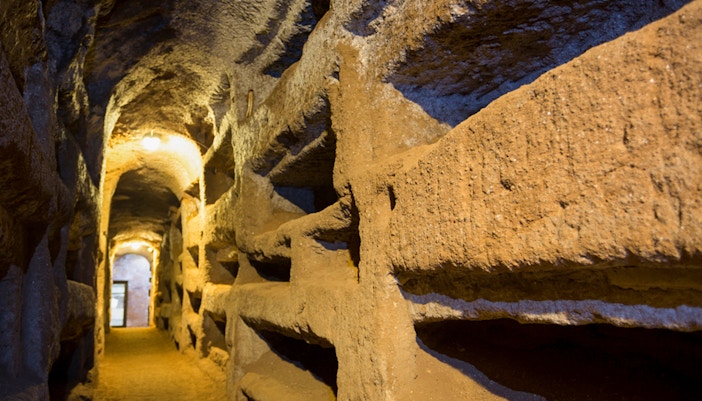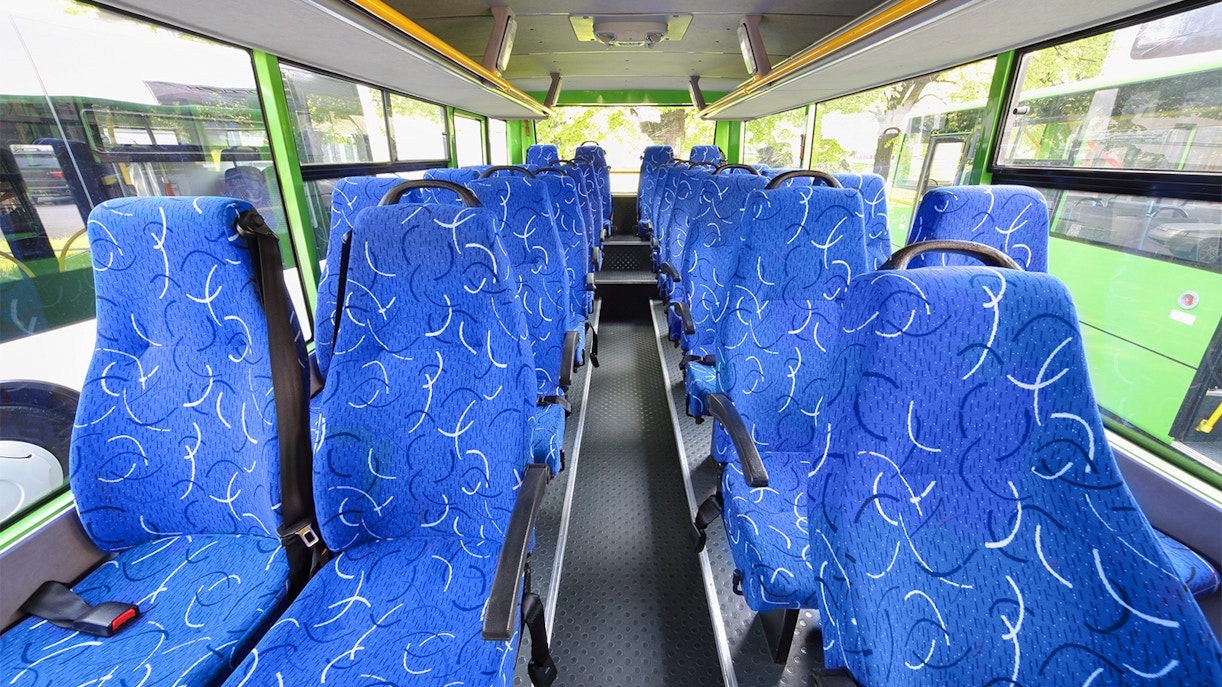History of the Christian Catacombs in Rome
During the 2nd and 3rd Centuries in Rome, the catacombs served as exclusive sanctuaries for Christians before the era of Constantine. These underground networks, inspired by Jewish traditions, provided a unique haven for believers. The favorable geological conditions, characterized by the presence of tufa, a volcanic rock, facilitated the construction and excavation of these catacombs.
In Rome, the catacombs fulfilled a vital role as final resting places for Christians who bravely clung to their faith amidst the oppressive rule of Emperor Nero. These steadfast individuals, known as martyrs, endured unimaginable suffering—torture, mutilation, imprisonment, immolation, and even death—for their unwavering beliefs. The ruthless persecution of Christians under Nero occurred in the year 64 AD. Subsequently, significant reforms were introduced in Christianity during the reign of Constantine, leading to a shift in the direction of persecuting pagans.
